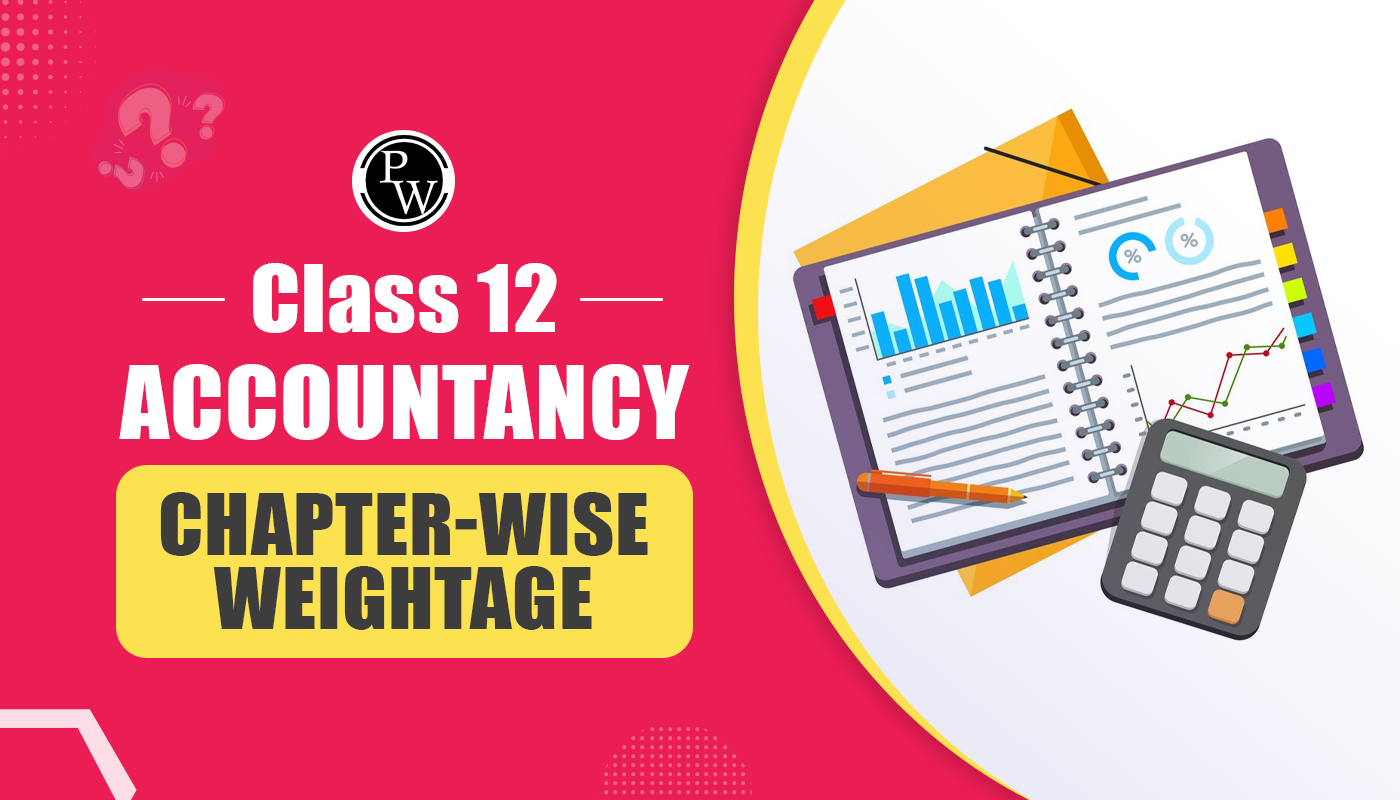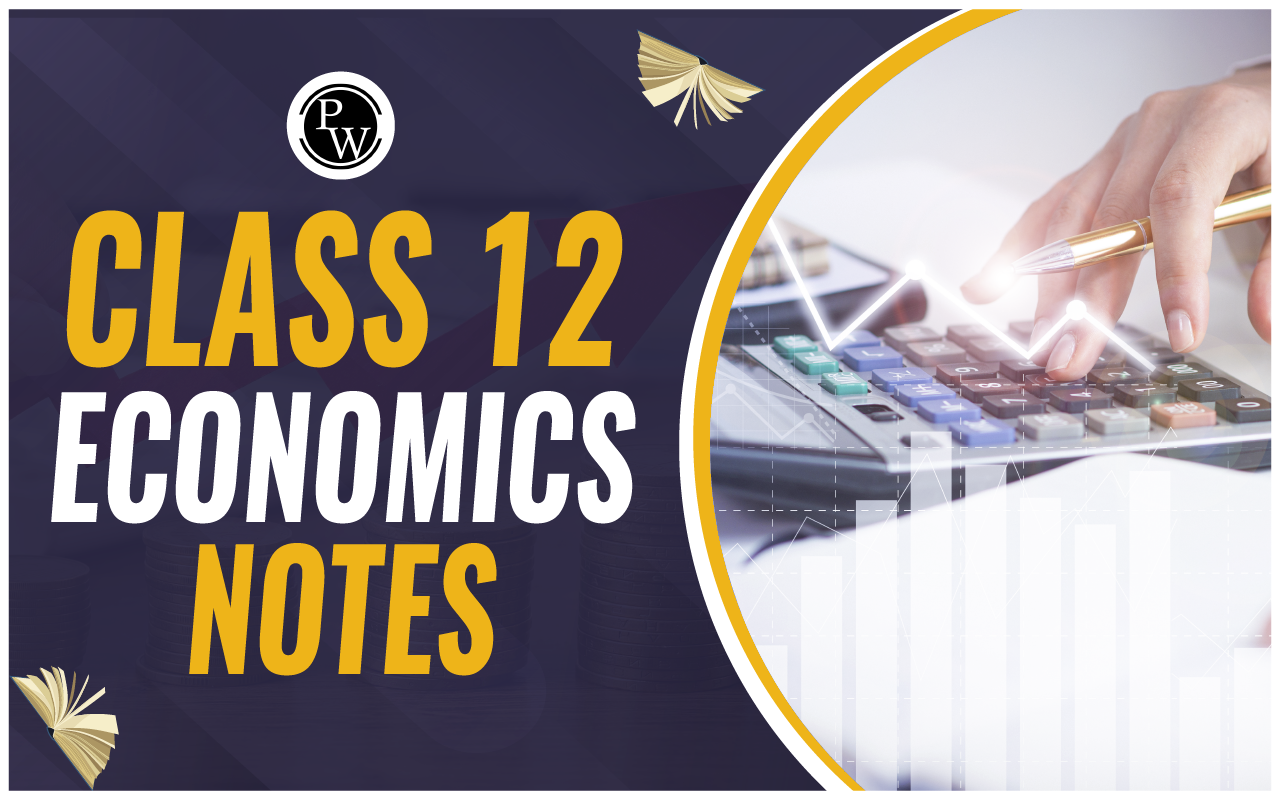
Inflation is a key economic concept referring to a general rise in the prices of goods and services over time. As prices increase, the purchasing power of currency decreases, impacting consumers, businesses, and the broader economy. Understanding Demand Pull and Cost Push Inflation is essential for anyone studying commerce, as it influences central banking policies, business strategies, and economic stability.
Two major types of inflation are Demand Pull and Cost push Inflation . Both lead to rising prices, but they stem from different sources and affect the economy in distinct ways. In this blog, we will dive into what these two types of inflation entail, their causes, impacts, and how policymakers respond to each.What is Demand Pull Inflation?
Demand pull inflation occurs when the demand for goods and services exceeds the economy's ability to supply them, causing prices to rise. This type of inflation is demand-driven, often stemming from increased consumer spending, economic growth, or expansionary fiscal and monetary policies.Key Characteristics of Demand Pull Inflation
Demand Exceeds Supply : The core cause of demand-pull inflation is that demand surpasses supply. When consumers and businesses want to buy more than what the economy can produce, prices increase. Economic Expansion : Demand pull inflation is generally associated with periods of economic growth when income levels, employment rates, and consumer confidence are high. Driven by Spending Power : Demand pull inflation is fueled by high disposable income, government spending, and low interest rates, which all encourage spending over saving.Causes of Demand Pull Inflation
Increased Consumer Spending : When people have more disposable income, either due to wage increases or tax cuts, they spend more. This heightened spending drives up demand for goods and services, leading to higher prices. Government Expenditure : Expansionary government policies, such as increased spending on infrastructure or social programs, increase demand within the economy. As the government spends more, demand for resources and labor rises, pushing up prices. Lower Interest Rates : Central banks may reduce interest rates to encourage borrowing and investment, making it cheaper to finance purchases. This can lead to higher consumer spending and business investment, creating upward pressure on prices. Increase in Exports : If a country’s goods become more attractive internationally due to quality or currency depreciation, exports may increase, reducing the supply of goods available domestically. Higher exports can drive up domestic prices as demand outpaces supply. Population Growth : A growing population creates more demand for essentials like housing, food, and healthcare, contributing to inflation as businesses struggle to keep up with demand.Effects of Demand Pull Inflation
Increased Prices : Rising demand leads to higher prices for goods and services across the economy, reducing purchasing power. Economic Growth and Job Creation : While inflation can be a concern, moderate demand-pull inflation often aligns with a healthy, growing economy and job creation. Interest Rate Hikes : Central banks may respond to high demand-pull inflation by raising interest rates to curb excessive spending, aiming to stabilize prices.Also Read: Determination Of Income and Employment
What is Cost Push Inflation?
Cost Push Inflation occurs when the cost of production inputs, like raw materials and labor, increase. Businesses facing higher production costs often pass these costs onto consumers in the form of higher prices to maintain profit margins. Unlike demand-pull inflation, which arises from the demand side, cost-push inflation originates from the supply side.Key Characteristics of Cost Push Inflation
Rising Production Costs : Cost push inflation is driven by increased costs of raw materials, wages, or other production factors, which leads to higher prices for final goods. Supply Constraints : Cost push inflation may occur due to supply chain disruptions, shortages, or increases in the cost of imported goods. Economic Slowdown Potential : Since cost-push inflation raises prices independently of demand, it can lead to reduced consumer spending, economic slowdown, or even recession in severe cases.Causes of Cost Push Inflation
Wage Increases : Higher wages raise the cost of labor, which can force businesses to increase prices to cover these additional expenses. Wage-driven inflation is common in unionized sectors or when the labor market is tight. Raw Material Costs : An increase in the price of essential raw materials (like oil, metals, or agricultural products) can lead to inflation. For example, oil price increases affect transportation, manufacturing, and other industries reliant on energy. Supply Chain Disruptions : Events such as natural disasters, political tensions, or pandemics can disrupt supply chains, causing shortages and raising the prices of goods. Currency Depreciation : When a country’s currency depreciates, the cost of imports rises. This makes imported goods and raw materials more expensive, pushing up production costs and leading to inflation. Government Policies and Taxes : Increased taxes on goods or tighter regulations can raise production costs. For instance, new environmental regulations may require costly modifications to manufacturing processes, increasing product prices.Effects of Cost Push Inflation
Reduced Purchasing Power : Consumers may find it harder to afford goods as prices rise, reducing their purchasing power. Potential for Stagflation : Cost push inflation can occur even in times of economic stagnation, leading to a challenging economic condition known as stagflation (stagnation + inflation). Profit Margins : If companies cannot pass on all increased costs to consumers, profit margins may shrink, potentially impacting business investment and expansion.Difference Between Demand Pull and Cost Push Inflation
Here’s a concise comparison to help clarify the key differences between demand pull and cost push inflation:| Difference Between Demand Pull and Cost Push Inflation |
| Factor | Demand Pull Inflation | Cost Push Inflation |
| Primary Cause | Increased consumer demand | Rising production costs |
| Source of Pressure | Demand side (higher spending) | Supply side (increased input costs) |
| Key Drivers | Higher income, government spending, exports | Higher wages, raw material costs, supply disruptions |
| Associated Economic Phase | Typically in expansion or growth | Can occur in any phase, even during stagnation |
| Policy Response | Raise interest rates to cool demand | Address supply chain or reduce cost pressures |
| Example | Booming economy increasing demand for housing | Oil price hikes increasing the cost of transportation |
Demand Pull and Cost Push Inflation Examples
Example of Demand Pull Inflation : Suppose the government lowers income tax rates, putting more disposable income into people’s hands. As consumers spend more on cars, electronics, and housing, the demand for these goods surges. Since production cannot immediately keep pace with the increased demand, prices rise, resulting in demand-pull inflation. Example of Cost Push Inflation : Imagine a scenario where oil prices double due to geopolitical tensions. Because oil is used in transportation and production, the increased cost impacts numerous industries. To maintain profit margins, companies pass on these additional costs to consumers, who experience higher prices for a range of goods—this is cost-push inflation. In summary, understanding the difference between demand pull and cost push inflation helps us see why prices rise and how economies respond to these changes. Demand pull inflation stems from high demand outpacing supply, while cost push inflation arises from increased production costs. Both demand pull and cost push inflation can impact economic growth, consumer purchasing power, and business profitability. Unlock your potential in commerce with PW Commerce Courses! Enroll today to gain in-depth knowledge and skills that will help you excel in your exams and future career. Don’t miss out!Demand Pull and Cost Push Inflation FAQs
What causes demand-pull inflation?
It’s driven by increased demand for goods and services outpacing supply, often due to higher consumer spending or government spending.
How do demand-pull and cost-push inflation differ?
Demand-pull is demand-driven, while cost-push stems from rising costs of production, impacting prices from different sides of the economy.
Which inflation type leads to stagflation?
Cost-push inflation can result in stagflation when rising prices occur alongside stagnant economic growth.
Can inflation be controlled?
Yes, central banks can adjust interest rates, and governments can use fiscal policies to control demand-pull inflation while addressing supply issues helps reduce cost-push inflation.
Talk to a counsellorHave doubts? Our support team will be happy to assist you!

Check out these Related Articles
Free Learning Resources
PW Books
Notes (Class 10-12)
PW Study Materials
Notes (Class 6-9)
Ncert Solutions
Govt Exams
Class 6th to 12th Online Courses
Govt Job Exams Courses
UPSC Coaching
Defence Exam Coaching
Gate Exam Coaching
Other Exams
Know about Physics Wallah
Physics Wallah is an Indian edtech platform that provides accessible & comprehensive learning experiences to students from Class 6th to postgraduate level. We also provide extensive NCERT solutions, sample paper, NEET, JEE Mains, BITSAT previous year papers & more such resources to students. Physics Wallah also caters to over 3.5 million registered students and over 78 lakh+ Youtube subscribers with 4.8 rating on its app.
We Stand Out because
We provide students with intensive courses with India’s qualified & experienced faculties & mentors. PW strives to make the learning experience comprehensive and accessible for students of all sections of society. We believe in empowering every single student who couldn't dream of a good career in engineering and medical field earlier.
Our Key Focus Areas
Physics Wallah's main focus is to make the learning experience as economical as possible for all students. With our affordable courses like Lakshya, Udaan and Arjuna and many others, we have been able to provide a platform for lakhs of aspirants. From providing Chemistry, Maths, Physics formula to giving e-books of eminent authors like RD Sharma, RS Aggarwal and Lakhmir Singh, PW focuses on every single student's need for preparation.
What Makes Us Different
Physics Wallah strives to develop a comprehensive pedagogical structure for students, where they get a state-of-the-art learning experience with study material and resources. Apart from catering students preparing for JEE Mains and NEET, PW also provides study material for each state board like Uttar Pradesh, Bihar, and others
Copyright © 2025 Physicswallah Limited All rights reserved.
Get App









